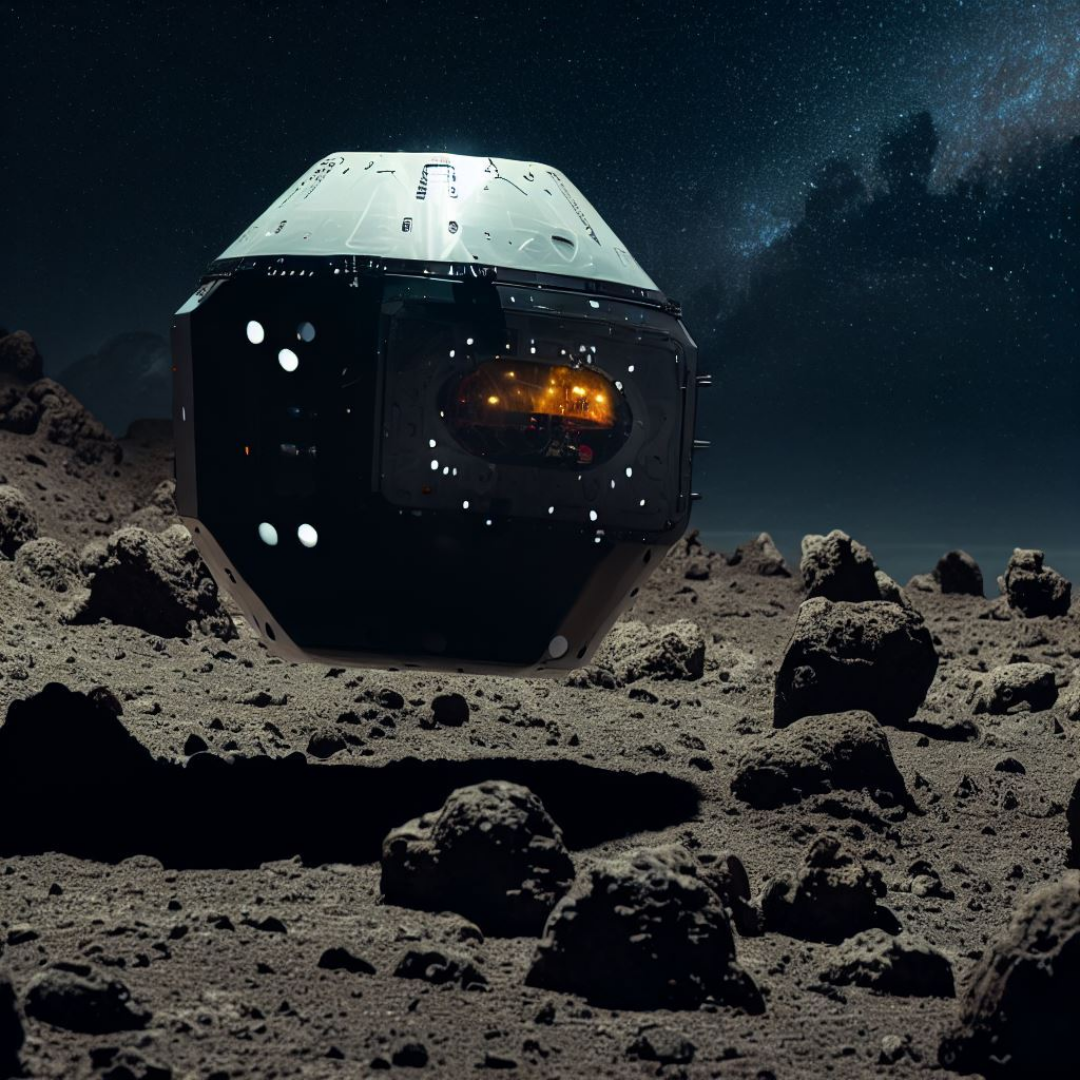After a seven-year interstellar journey, a NASA space capsule carrying the most substantial soil sample ever procured from an asteroid’s surface has safely landed in the Utah desert.

After a seven-year interstellar journey, a NASA space capsule carrying the most substantial soil sample ever procured from an asteroid’s surface has safely landed in the Utah desert. This momentous achievement marks a significant milestone in space exploration.
The gumdrop-shaped capsule of NASA, released from the robotic spacecraft OSIRIS-REx after it came within 108,000 kilometers (67,000 miles) of Earth, made a precise landing within the designated zone west of Salt Lake City on the expansive Utah Test and Training Range. Flight Control jubilantly announced, “We have touchdown!”
Next Destination: Houston’s Lab
On Monday, the samples will be transported to a state-of-the-art lab at NASA’s Johnson Space Center in Houston. This facility is already home to nearly 400 kilograms (842 pounds) of moon rocks, painstakingly collected by Apollo astronauts over fifty years ago.
A Cup of Asteroid Rubble?
Experts estimate that the capsule houses at least a cup’s worth of material from the carbon-rich asteroid named Bennu. The exact quantity will remain uncertain until the container is unsealed.
Japan’s Noteworthy Efforts
Japan, in a parallel endeavor, managed to retrieve approximately a teaspoon of material from two separate asteroid missions. NASA’s achievement significantly surpasses this earlier milestone.
The Pinnacle Moment: Container Unsealing in Houston
Accompanying the samples to Texas will be the mission’s lead scientist, Dante Lauretta from the University of Arizona. Opening the container in Houston within the next day or two will be the definitive moment, given the anticipation surrounding the volume of contents.
Bennu: A Time Capsule of Cosmic History
Bennu, a small asteroid discovered in 1999, holds pivotal significance as a “near-Earth object.” It orbits relatively close to our planet every six years, with the likelihood of an impact considered remote. Measuring 500 meters (1,600 feet) in diameter, Bennu provides a unique window into the early solar system.
Unlocking Secrets of the Solar System’s Origins
Preserved for 4.5 billion years, Bennu’s unchanged chemistry and mineralogy offer invaluable insights into the birth and evolution of rocky planets like Earth. As a primordial relic, it stands as a testament to the mysteries of our cosmic origins.
This landmark achievement not only propels humanity’s understanding of celestial bodies but also paves the way for further discoveries in the realm of space exploration. The success of the OSIRIS-REx mission heralds a new chapter in our quest for knowledge about the universe’s ancient past.